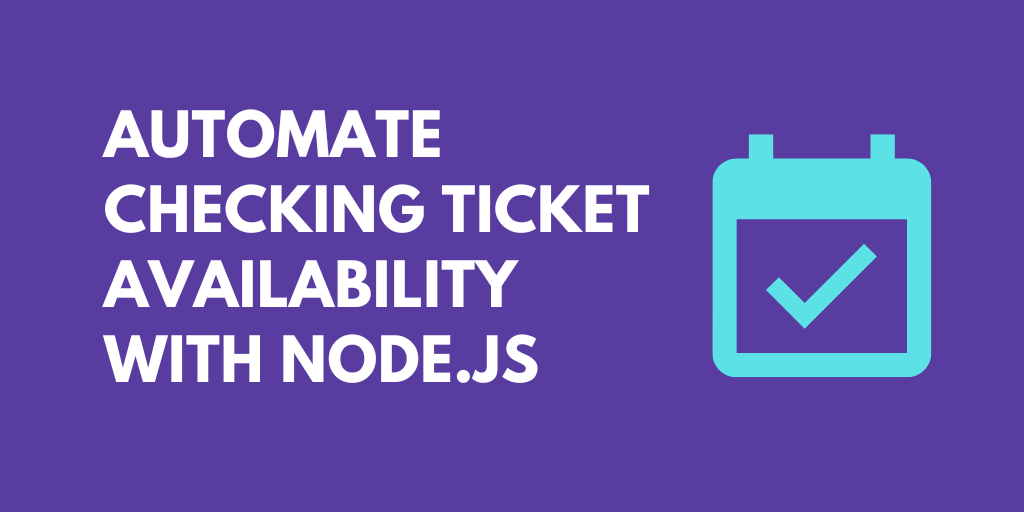What do you want to automate
with ImageKit.io and Node?
Prompt, edit and deploy AI agents that connect to ImageKit.io, Node and 3,000+ other apps in seconds.
Trusted by 1,000,000+ developers from startups to Fortune 500 companies
Popular ImageKit.io and Node Actions#
Write custom Node.js code and use any of the 400k+ npm packages available. Refer to the Pipedream Node docs to learn more.
List all the uploaded files and folders in your ImageKit.io media library. See the documentation
Overview of ImageKit.io#
ImageKit.io API lets you manage, optimize, and deliver images dynamically for your web applications. On Pipedream, you can integrate this API to construct serverless workflows that automate your image operations and connect with other services. You can upload images from various sources, apply real-time transformations, and track media assets without managing infrastructure.
Connect ImageKit.io#
import { axios } from "@pipedream/platform"
export default defineComponent({
props: {
imagekit_io: {
type: "app",
app: "imagekit_io",
}
},
async run({steps, $}) {
return await axios($, {
url: `https://api.imagekit.io/v1/files`,
auth: {
username: `${this.imagekit_io.$auth.private_key}`,
password: ``,
},
})
},
})
Overview of Node#
Develop, run and deploy your Node.js code in Pipedream workflows, using it between no-code steps, with connected accounts, or integrate Data Stores and File Stores
This includes installing NPM packages, within your code without having to manage a package.json file or running npm install.
Below is an example of installing the axios package in a Pipedream Node.js code step. Pipedream imports the axios package, performs the API request, and shares the response with subsequent workflow steps:
Connect Node#
// To use previous step data, pass the `steps` object to the run() function
export default defineComponent({
async run({ steps, $ }) {
// Return data to use it in future steps
return steps.trigger.event
},
})Community Posts#
